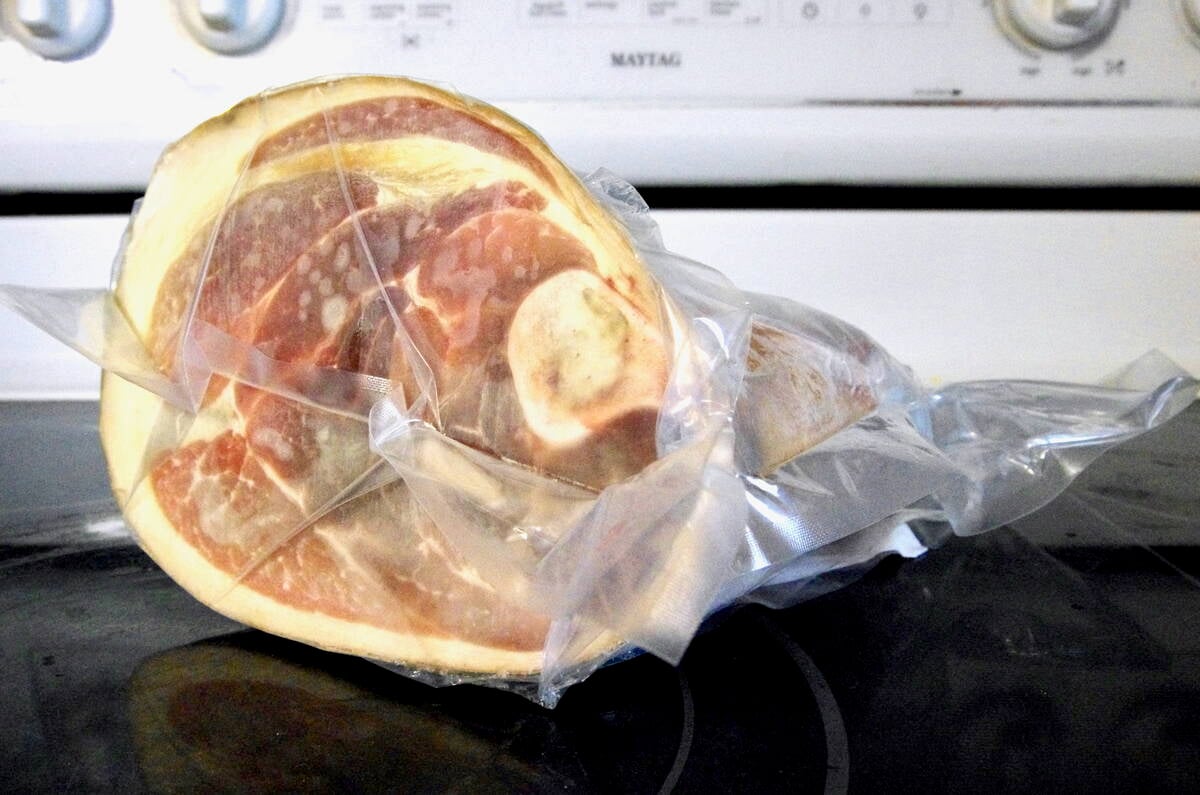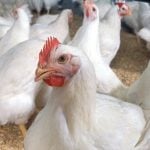The call for changes in cattle injection-site practices has been issued many times, but it appears livestock producers and veterinarians are either not hearing or are ignoring the message, said a consultant for the Canadian Cattlemen’s Association’s Quality Starts Here program.
Veterinarian Joyce Van Donkersgoed said the latest of the four injection-site surveys conducted since 1996 was in the spring of 1998. It showed the number of lesions in key economic meat cuts remains high.
“After the first survey there was a minor reduction in lesions in the hind end of the carcass, but that has leveled off at 14 to 15 percent and this is too high,” she said.
Read Also

Trade war may create Canadian economic opportunities
Canada’s current tariff woes could open chances for long-term economic growth and a stronger Canadian economy, consultant says — It’s happened before.
When animal-health products are injected into the muscle of cattle they produce more than scar tissue.
“Of greater significance than the economic losses resulting from trimming of visible scar tissue is the increased toughness of the meat surrounding the injection site scar,” said Donkersgoed.
“Often this is not trimmed and the tough meat reaches the consumer’s plate. This results in an unsatisfactory eating experience.”
The problem contributes to falling demand for beef.
“When I ask producers and veterinarians why injection practices are not changing, some say that the chutes are not designed for neck injections and neck injections take longer to do. And some still don’t believe injecting animal health products causes scar tissue,” she said.
Researchers at Agriculture Canada’s Lacombe, Alta., research centre are looking at the effect at slaughter of clostridial (blackleg) vaccines administered to calves at spring round-up and weaning.
“These vaccines caused a high level of injection-site scars when given intramuscularly in the round (back thigh) and neck.”
When given subcutaneously (beneath the skin), the number of injection-site scars was much lower. The clostridial vaccines increased toughness of the muscle up to 2.5 centimetres away from the centre of the lesion.
It was also found the tough muscling, which can’t be seen, could affect the tenderness of up to six steaks.
“These results indicate the importance of administering all clostridial vaccines subcutaneously,” Van Donkersgoed said.
The research centre evaluated four long-acting antibiotics. It found fewer lesions when antibiotics given in the neck than when the same drugs were given in the hip.
Van Donkersgoed said this is a clear message to livestock producers and veterinarians: If the label gives the choice of administration of the drug by either intramuscular or subcutaneous methods, choose the latter.
If an injection must be intramuscular, it should be given in the neck, not the back end of the animal.
Producers should follow product label instructions regarding use of the drug in the appropriate species and the method of administering it, including dose, route and frequency. Avoid off-label uses.
Withdrawal time must also be observed. It may be longer or unknown when drugs are used in a manner not in accordance with the label.
All intramuscular and subcutaneous injections should be given in the neck, with an alternate site for subcutaneous injections behind the top of the shoulder blade. The tented method of giving subcutaneous injections should be used.
Needles should be clean and changed after every 10 to 15 animals. No more than 10 cc per injection site should be given, and multiple injections should be spaced at least five cm apart.
A short needle should be used for subcutaneous injections.














